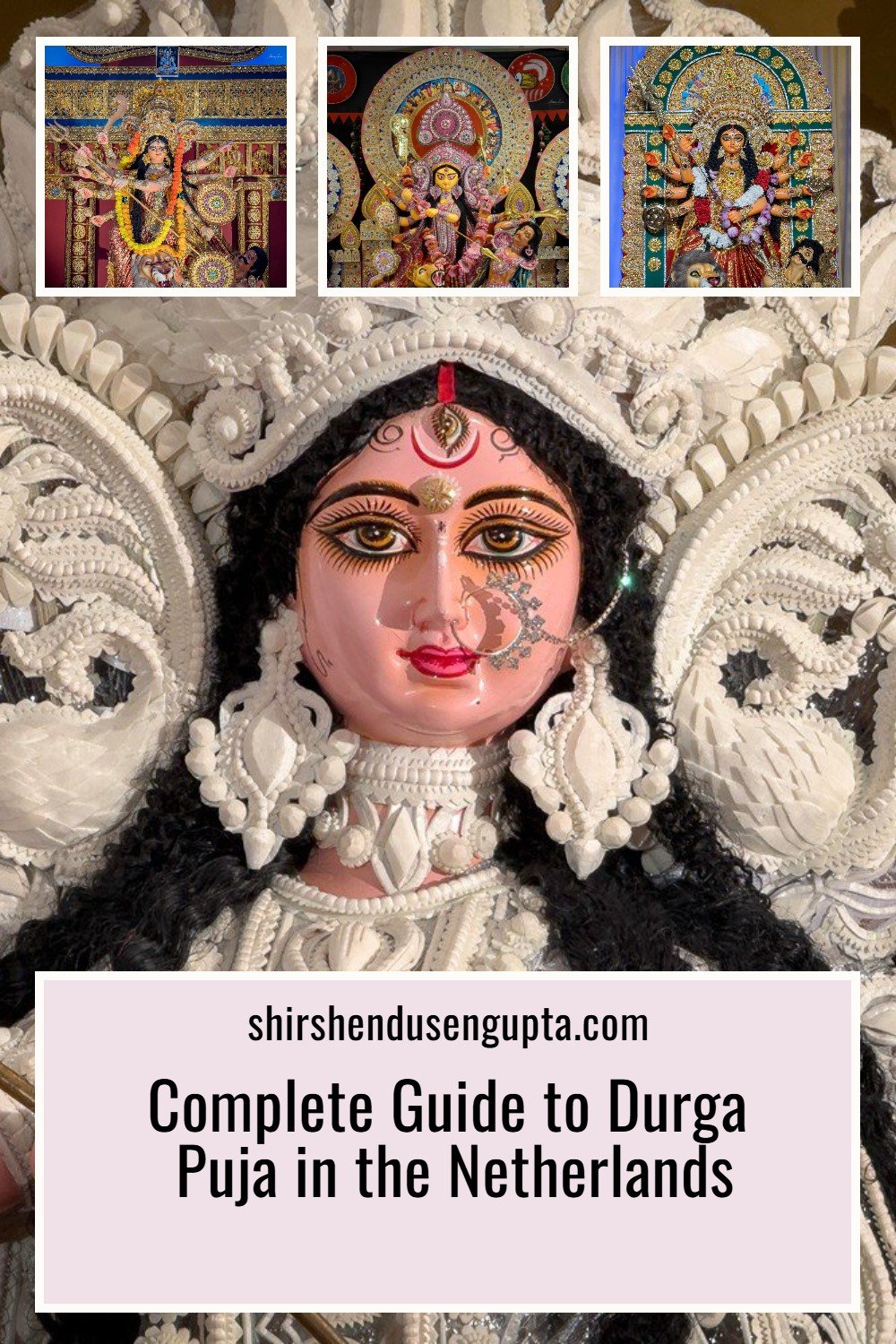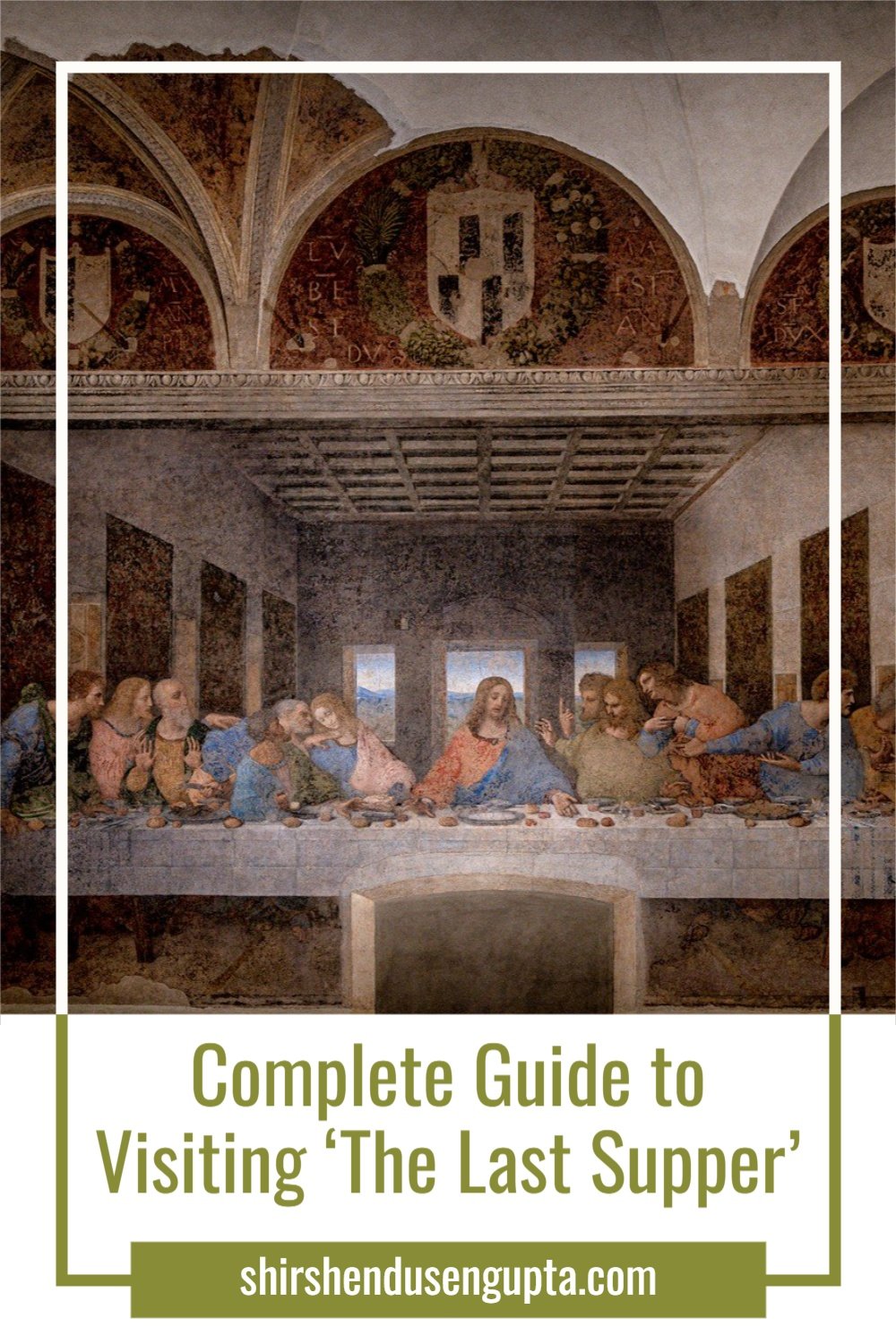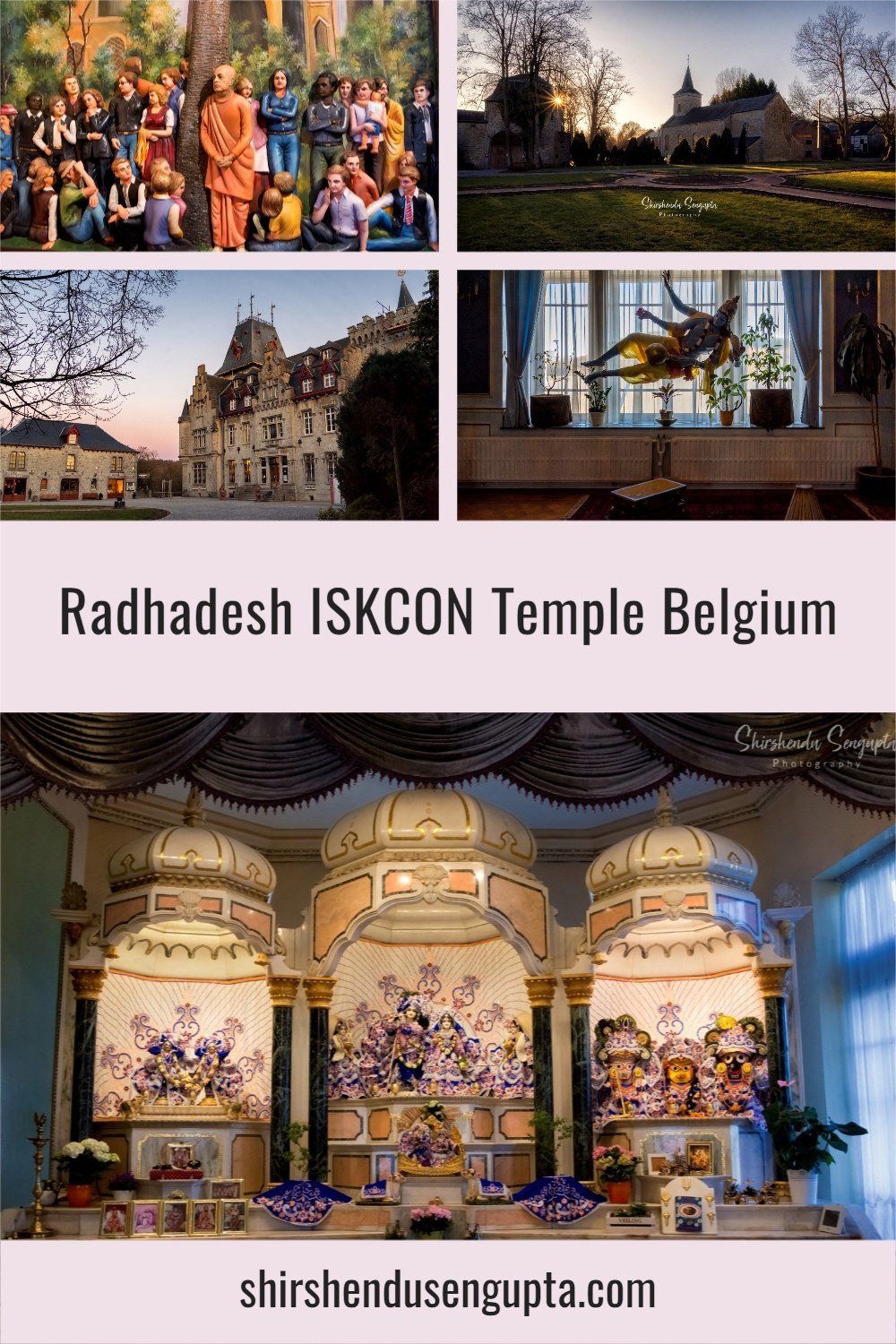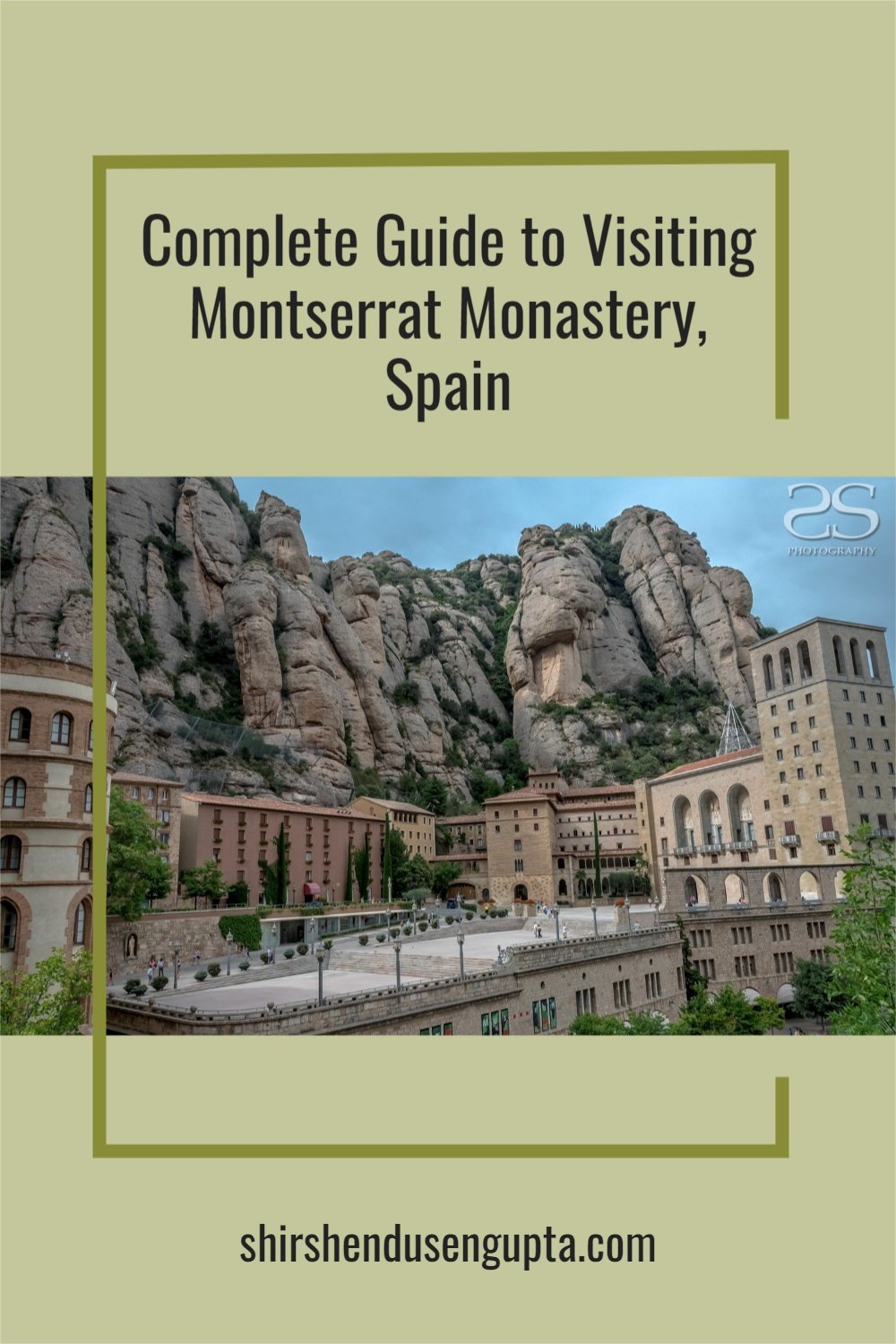Complete Guide to Visiting Leonardo da Vinci’s ‘The Last Supper’ at Santa Maria Delle Grazie Church in Milan, Italy | Everything You Need to Know to Visit ‘The Last Supper’ | Info, Tips, and Tricks
Prologue
During a sun-soaked summer, we set off on a marathon road run, A Summer Escape to Northern-Central Italy and San Marino | A 6000 km Road Trip across Milan, Tuscany, Florence, Pisa, San Marino, and Como from the Netherlands | Travel Itinerary, Tips, and Tricks. From bustling city streets of Milan to charming Tuscan villages, historic Florence, iconic Pisa, the tiny republic of San Marino, and the picturesque towns along Lake Como, every stop offered new adventures, stunning landscapes, and unforgettable experiences. This journey holds a truly special place in our hearts, filled with moments that captured the joy of exploration and the magic of summer travel. So, based on our experience, today I’m going to share with you everything you need to know for visiting Leonardo da Vinci’s ‘The Last Supper’ in Milan, Italy. Let the journey begin!
What is the Biblical story of ‘The Last Supper?’
According to the Synoptic Gospels (Matthew, Mark, and Luke) and early Christian traditions, the Last Supper took place on Passover or Festival of Unleavened Bread, a Jewish holiday commemorating the Israelites' exodus from Egypt. The Biblical story states that on the first day of the Festival of Passover, Jesus Christ gave very detailed instructions for the preparation of the Passover dinner to two of his disciples and later met with all the twelve disciples (also referred to as Apostles) for the dinner. This dinner is popularly known as the Last Supper since this was Jesus’ last meal before going to the cross though there is no mention of the term in the Bible. Also, it is commonly believed to be the origin of the ‘Unlucky Thirteen’ theory since at the Last Supper there were thirteen people - the Twelve Apostles and Jesus Christ himself. While they ate together Jesus warned them that one of them would betray him shortly (which turned out to be Judas later).
They all questioned, "I'm not the one, am I, Lord?" one by one. In response, Jesus said, “He that dippeth his hand with me in the dish, the same shall betray me.” Jesus clarified that even though he knew it was his fate to die as prophesied in the scriptures, his betrayer would suffer a dreadful fate: "Far better for him if he had never been born!" Jesus then begged God the Father to bless the bread and the wine. Giving the pieces of bread to his disciples, Jesus uttered, "This is my body, given for you. Do this in remembrance of me." The wine was then shared by Jesus with his disciples. "This wine is the token of God's new covenant to save you - an agreement sealed with the blood I will pour out for you," he continued, adding "I will not drink wine again until the day I drink it new with you in my Father's Kingdom.” After singing a hymn, they left for the Mount of Olives.
Purport of the Story of ‘The Last Supper’
In this story, Judas serves as a metaphor for a society that is rebelling against God, yet how the Lord treats Judas highlights his mercy and compassion for that society. Jesus offered Judas numerous chances to turn and repent even though he always knew he would betray him. The moral is that it's not too late to turn to God for forgiveness and cleansing as long as we are still here. Jesus began preparing the disciples for their future lives in the Kingdom of God at the Lord's Supper as he was about to leave this world soon. They started arguing over who should be regarded as the greatest person in that kingdom at the table. Jesus demonstrated to them the importance of serving others in order to be really humble and magnificent.
It's important for believers to recognize their own vulnerability to betrayal. At the Last Supper, Jesus foretold ‘Peter's Denial.’ After Jesus was arrested, Peter denied knowing him three times; but, after the third time, he heard the rooster crow and thought back to the prophecy as Jesus turned to face him. Peter then started sobbing vehemently. The ‘Repentance of Peter’ is the name given to this final event.
What and where is Leonardo Da Vinci’s ‘The Last Supper?’
‘The Last Supper’ by Leonardo da Vinci (Cenacolo Vinciano in Italian) is one of the most well-known paintings in the entire world. This piece of art was commissioned by Ludovico Sforza, Duke of Milan, and created by Da Vinci between 1494 and 1498, depicting Jesus and his disciples having their final meal, on an interior wall of the Santa Maria Delle Grazie church, a UNESCO World Heritage site, in Milan, Italy.
The massive 15 feet by 29 feet masterpiece was painted by Da Vinci using tempera and oil on a gypsum preparation directly on the dry wall. Therefore, it isn't technically a fresco (which’s a painting on wet plaster). This allowed Da Vinci to take his time perfecting the masterpiece, while fresco pigment would have needed to be placed fast before the plaster dried, preventing changes. The painting was originally made in the church monks' dining hall (known as a refectory), hence Da Vinci chose the lunch scene, in order to allow nuns and monks to eat in the presence of Jesus' last meal.
A Brief History of Leonardo Da Vinci’s ‘The Last Supper’
The Duke of Milan, Ludovico Sforza, also known as Ludovico il Moro, had set up a thriving court in Milan that attracted musicians, painters, and philosophers. After writing a lengthy letter to the Duke outlining his qualifications as a painter, musician, military engineer, and architect, Leonardo traveled to Milan in 1482. Up until 1499, he remained in Ludovico's court. He had jobs as an artist, an engineer, a sculptor, and the creator of amazing spectacles and set designs. Towards the end of the century, Sforza wanted Santa Maria Delle Grazie to be a location to commemorate his authority and his family mausoleum. Ludovico commissioned a painting of Christ at the Last Supper with the Twelve Apostles from Leonardo da Vinci, who was given the task of decorating the refectory.
Leonardo did tons of research and drew countless sketches in preparation for this one-of-a-kind masterpiece. It appears that the facial features of the Twelve Apostles were borrowed from common people in Milan. Leonardo is thought to have visited Milan jails in search of the ideal model; some accounts even claim that he used a real-life convict to model the features of Judas' figure in the painting. Leonardo forwent the conventional fresco painting technique and painted the scene dry on the refectory wall. He used a technique called fresco-secco wherein he first applied pitch, gesso, and mastic to the wall and then painted in tempera over them. Gold and silver foil traces have been discovered, which attest to the artist's desire to create figures with precious features and a far higher level of realism.
Unfortunately, Sfroza's orders to build the church quickly resulted in the walls being packed with moisture-retaining rubble, putting the painting in danger from the start. On top of that, Leonardo painted on a flimsy external wall, so humidity's effects were felt even stronger and the paint didn't stick to the surface adequately. This means that even before the painting was finished in 1498, it had already started to deteriorate and that it had begun to flake as early as 1517. In 1652, a doorway was added to the wall where the painting resides leading to the loss of the lower central chunk of the piece which included Jesus' feet. Beginning in 1726, the first restoration initiatives were made, and numerous others followed them over the decades.
During the Napoleonic Wars, Napoleon's soldiers stayed in Santa Maria Delle Grazie and stabled horses at the refectory. When they became bored, they used ‘The Last Supper’ for target practice with Jesus' face as the bullseye, thereby severely harming the painting. In August 1943, the Allies began a significant bombing campaign against Milan and its surroundings during World War II. Over 700 people were killed as a result of the explosions and the accompanying fires, and many of the city's most prominent structures and landmarks were also destroyed, including a sizeable piece of Santa Maria Delle Grazie. The wall with the painting miraculously survived, perhaps because it had been fortified with sandbags and mattresses, but the refectory's other walls and the roof were completely ruined. As a result, for a number of months, ‘The Last Supper’ was left out in the open, protected from the elements simply by a tarp.
Following the devastation caused by the bombing in World War II, the restorers coated the painting with a thick layer of shellac (a type of resin) in order to combat moisture issues and prevent the paint from flaking. They then started removing part of the years' worth of restoration paint layers, revealing what they thought to be Leonardo's initial brushstrokes. Finally, a significant endeavor to fully unearth the original artwork was funded by a partnership between the Italian government and private businesses in 1977. The painting has been since repainted and retouched several times between 1977 and 1999 to restore it to its original glory. The most recent restoration finished in 1999, employed a number of scientific techniques to return the colors to the painting as closely as possible to their original state and to get rid of paint residue left over from earlier restoration attempts.
Analysis of Leonardo Da Vinci’s ‘The Last Supper’
The scene is a portrayal of a series of moments rather than a single static moment. The Apostles reacted after hearing Jesus predict his impending betrayal. The individual to Jesus' left, Philip, gestures at himself and appears to exclaim, "I'm not the one, am I, Lord?" “He that dippeth his hand with me in the dish, the same shall betray me,” Jesus seems to say in response. Jesus and Judas, who is seated with the group to Jesus' right, both reach for the same dish on the table, identifying Judas as the betrayer. Jesus makes additional indications that the Holy Communion rite has been established (Eucharist) by pointing to a glass of wine and a piece of bread.
Jesus maintains a calm demeanor while lowering his eyes and lowering his head, in contrast to the Apostles' distress. They move in a variety of postures that rise, fall, extend, and entwine while still forming groups of three. James the Greater, at Christ's left, flings his arms out in rage as Thomas, the doubter, crouches behind James and appears to exclaim, "Is this God's plan?" while pointing above. His action foreshadows his meeting with the raised Christ, a meeting that was frequently depicted in art with Thomas putting his fingers on Christ's crucifixion wounds to allay his worries. The mild-mannered John sits to Jesus' right and appears to be swooning. Peter, who is seen by the dagger in his hand, which he will later use to slice the ear of a soldier attempting to arrest Jesus, approaches him. Judas, who is clutching the bag containing his payment for identifying Jesus, pulls away from Peter, appearing concerned by the other Apostle's prompt response. The remaining Apostles seem to be whispering, weeping, and debating among themselves.
Who’s who in ‘The Last Supper’ (Image Source: LeonardoDaVinci.net)
To draw attention to the action occurring in the foreground, the dinner is held in a space that is nearly austere. The rear wall is dominated by three windows that gaze out into an undulating landscape reminiscent of Milan's countryside, while the walls on either side are lined with dark tapestries. Leonardo used linear perspective to depict the space. This Renaissance-era method uses parallel lines that converge at a single vanishing point to give the appearance of depth to a flat area. He positioned the vanishing point at the right temple of Jesus, directing the viewer's focus to the focal point.
‘The Last Supper’ Perspective (Image Source: LeonardoDaVinci.net)
Da Vinci's placement of the horizontal table between the spiritual and material realms to separate them has been proposed as another significant symbolic element. Additionally, the table in the foreground and the close proximity of the characters suggest an earthly, material level. Heaven or paradise is implied behind the figures.
Golden section of ‘The Last Supper’ (Image Source: commons.wikimedia.org/wiki/File:Leonardo_da_Vinci)
Hidden Symbolisms in Leonardo Da Vinci’s ‘The Last Supper’
Da Vinci, wasn't interested in esoteric symbolism. However, he left us with a few tempting elements in The Last Supper, just like any painter would -
The Holy Trinity - Numerous references to the number three can be found in ‘The Last Supper.’ Three is a symbol of divinity or the Holy Trinity in Catholic art. The Apostles are divided into three groups, there are three windows, and Jesus is shaped like a triangle.
The Solar System - ‘The Last Supper’ is also thought to represent the solar system and the zodiac, according to another theory. Each Apostle exemplifies one of the 12 indications. For instance, Christ is the Sun shining his glorious light on the scene. Judas represents Scorpio, the sign of death, in the position of Mars.
Musical Composition - Another fascinating fact is the bread that is on the table. The bread rolls and the Apostles' hands align to create a 40-second musical composition, as discovered in 2007 by an Italian musician. Pythagorean musical ratios are also reflected in the painting's construction.
Curiosities/Conspiracy Theories about Leonardo Da Vinci’s ‘The Last Supper’
Many historians, scholars, and authors are now interested in attempting to unravel the alleged riddles and enigmas surrounding this masterpiece due to its immense fame. The most prominent is the idea that John, who is seated next to Jesus on his right (our left), is actually Mary Magdalene. According to recent claims, Mary Magdalene was the wife of Jesus Christ though it is not mentioned in any of the four gospels of the New Testament. However, it has been observed that John is most often portrayed as a woman in earlier renderings of the Last Supper by other painters, and Da Vinci may have similarly imitated the main features of these earlier representations. In most other Last Supper paintings we see that John's figure always has a relaxed body posture and is frequently shown dozing off next to Jesus. In the Gospel of John, he is sometimes referred to as "the disciple whom Jesus loved."
The theory concerning the presence of a feminine figure besides Jesus in Da Vinci’s ‘The Last Supper’ was furthered in the books ‘The Templar Revelation’ (1997) by Clive Prince and Lynn Picknett, ‘The Holy Blood and the Holy Grail’ (1982) by Michael Baigent, Henry Lincoln, and Richard Leigh as well as the novel ‘The Da Vinci Code’ (2003) by Dan Brown. They maintain that ‘The Last Supper’ is crucial proof of the Roman Catholic Church's cover-up of Christ's true identity. The truth is that these puzzles and mysteries remain unsolved.
Copies of Leonardo Da Vinci’s ‘The Last Supper’ and their ‘significance’
Over the years, several copies of ‘The Last Supper’ have been produced, and ironically, all of them are of significance. Giampietrino (about 1520), which is kept at the Royal Academy of Arts in London, and Cesare da Sesto (around 1520), which is kept at the Church of St. Ambrogio in the neighborhood of Ponte Capriasca in Switzerland, are the two Italian artists who produced two significant copies. Both artists are thought to have been associated with Da Vinci and his circle, maybe serving as his assistants. The paintings are significant replicas that provide information about the original ‘The Last Supper.’ Giampietrino's copy was really used as a guide throughout the extensive restoration in the 1970s.
Artists such as Surrealist Salvador Dali's ‘The Sacrament of the Last Supper’ (1955), Pop Artist Andy Warhol's ‘The Last Supper’ (1986), Susan Dorothea White's ‘The First Supper’ (1988), Feminist artist Mary Beth Edelson's ‘Some Living American Women Artists/Last Supper’ (1972), and many others have appropriated and deconstructed other, more modern copies of the Last Supper painting and style.
What else to see at ‘The Last Supper’ Museum within Santa Maria Delle Grazie?
Giovanni Donato da Montorfano's enormous fresco of The Crucifixion, painted in 1495, is located on the wall opposite Leonardo's masterpiece. On your way out, take some time to look at it.
How to Visit ‘The Last Supper?’
Address: Piazza di Santa Maria delle Grazie, 20123 Milano MI, Italy
Car: I would not recommend you to drive in the city center of Milan, but if you wish to then there are 3 parkings near Santa Maria Delle Grazie -
Garage alle Grazie Srl (GPS Coordinates: 45.46627° N, 9.17340° E)
Magenta Parking (GPS Coordinates: 45.46548° N, 9.16809° E)
Parcheggio Zenale (GPS Coordinates: 45.46497° N, 9.17001° E)
Public Transport: Take the green MM2 subway line to Cadorna or the red MM1 to Conciliazione, where you may find directions to the ‘Cenacolo Vinciano.’ Continue on from there to the Santa Maria Delle Grazie church by traveling down the busy Corso Magenta street. The other option for getting to ‘The Last Supper’ is taking the green line (5 stops) from the Stazione Centrale (Central Station).
Opening Hours: ‘The Last Supper’ Museum within Santa Maria Delle Grazie is open from about 8:00 to 19:00 from Tuesday through Sunday.
Reservations: You cannot simply turn up to visit the Santa Maria Delle Grazie church to see ‘The Last Supper’ as you can do for visiting the Louvre Museum in Paris to see Da Vinci’s Monalisa. You have to book your viewing slot months in advance. ‘The Last Supper’ Museum only allows 30 visitors per tour to view the artwork for a total of 15 minutes (to protect the paint from deterioration), therefore all admissions are effectively skip-the-line passes.
When we visited Milan a few years back, we could not get a slot while trying to book even 4 months in advance. Luckily this time we tried booking just a month in advance and got our 15-minute viewing slot at an actually lesser cost as a European Passport holder. When we were there we saw many people who didn’t have a booked slot being returned and told to come back in a month as all viewing slots were booked for a month.
Other Entry Requirements: Before entering, our bags were kept in a locker and then we were let in for a 15-minute viewing slot. I recommend you to visit at least 20 minutes before your reserved slot to be able to complete the check-in procedures.
We were allowed to bring our cameras inside and shoot pictures without a tripod or flash but trust me taking pictures was not easy since the room was very dark. There is no dress code in effect, but I would recommend you to dress modestly.
Website: For more information on the opening hours, reservations, and prices, please visit their official website cenacolovinciano.org/en. There are numerous other websites selling ‘The Last Supper’ tickets (sometimes also in combination with entrance to other monuments), guided tours (normally lasting 45-minutes), or after-hour tours (with dinner) at a much higher price. But I would recommend you to buy the tickets from their official site only unless either their website shows that all slots have been booked and you somehow manage to find a ticket on some other website, or you really want to do an after-hour tour at your own pace along with dining and you do not care about the cost. But even in that case, I would urge you to call them up and confirm before you pay, lest you get scammed.
Epilogue
So that was everything you need to know for visiting Leonardo Da Vinci’s ‘The Last Supper’ at Santa Maria Delle Grazie church in Milan. Please let us know in the comments below if you enjoyed reading this article.
If you want to know about the best places to visit in Milan on a day trip other than ‘The Last Supper,’ please read our article One Day in Milan Itinerary | 9 Best Places to Visit and Things to Do in Milan in One Day | Top 9 Must See Tourist Attractions in Milan on a Day Trip. And if you wish to read the day-by-day account of our 6000 km road run across Northern-Central Italy during summer, please visit our article A Summer Escape to Northern-Central Italy and San Marino | A 6000 km Road Trip across Milan, Tuscany, Florence, Pisa, San Marino, and Como from the Netherlands | Travel Itinerary, Tips, and Tricks. Until then, merry traveling and happy shooting!
Pin the article
Bookmark the article for reading later!
Want to license/buy photos in the article?
License photos for commercial/editorial use or buy photo prints!
Want us to write an article for you?
Articles for magazines, newspapers, and websites!
Watch our Videos
Check out our videos on our Youtube Channel!
Join the Newsletter
Get updates on our latest articles!
We respect your privacy. Read our policy here.











